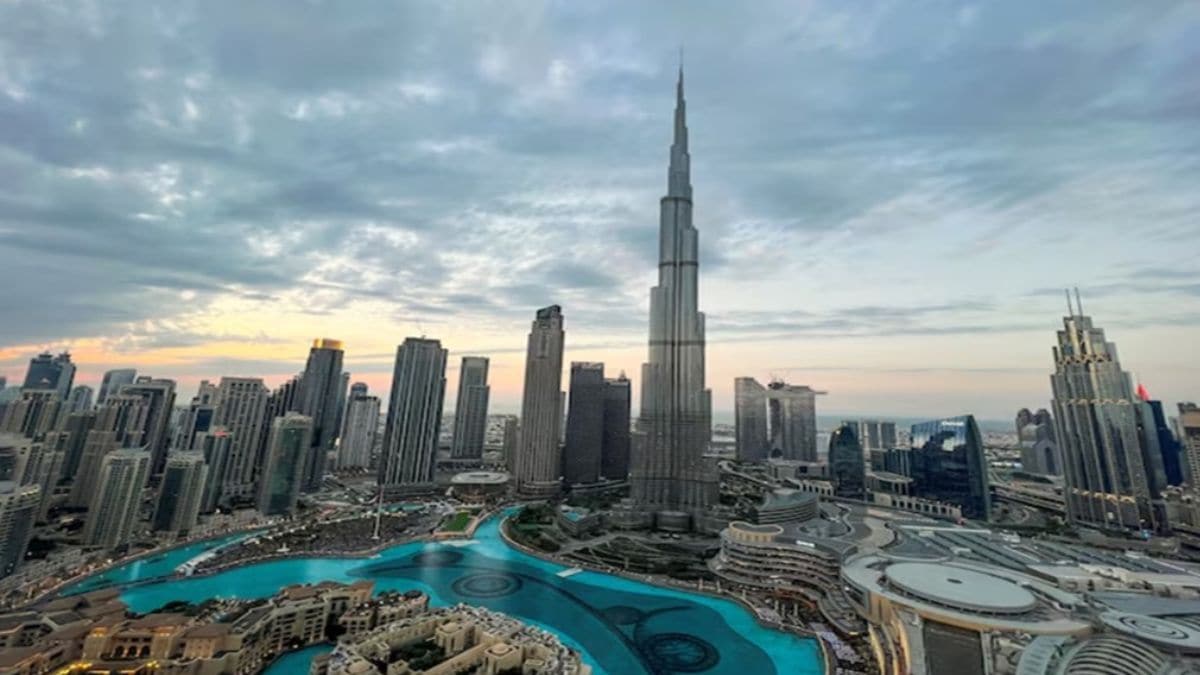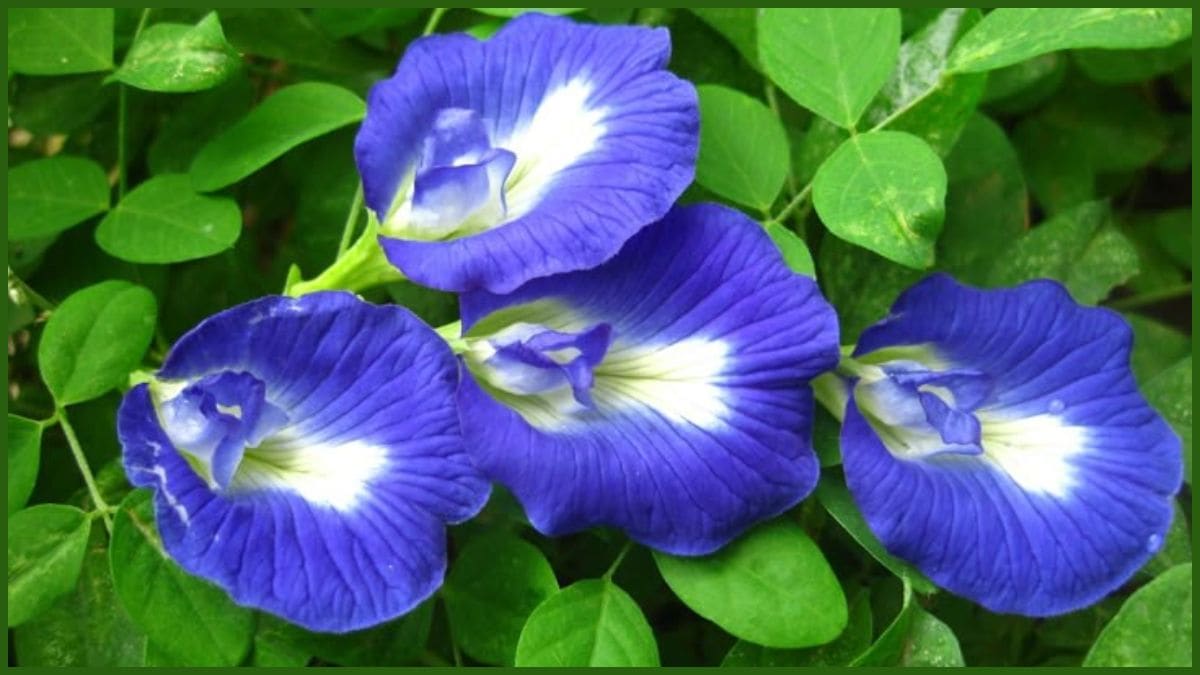Most humans and animals need to breathe to survive. However, some animals living in places that do not have access to oxygen have adapted to living without oxygen. This unique evolution makes them some of the most extraordinary creatures in the animal kingdom.
Found in muddy swamps, deep seas, or other animals’ bodies, these creatures survive in the most harsh environments of the world.
A close relative to jellyfish and sea anemones, hydra is a tiny freshwater animal that lives at the bottom of the ocean. Hydra generally uses oxygen for respiration, but it holds the ability to switch to anaerobic respiration in low-oxygen environments.
These worms are parasitic in nature and live in the hosts’ intestines. They are found in fish, mammals, and birds alike. Since intestines do not have oxygen, these animals absorb nutrients directly from the host’s body. This enables them to survive in unconventional settings.
The loricifera is a microscopic animal that lives on the seabeds of the most deep and dark oceans. It has found a way to use hydrogen for respiratory uses, rather than oxygen. Thriving in the mud of deep ocean floors, this animal proves that life can flourish in the most hostile environments.
Tardigrades are microscopic creatures that are known for their ability to survive in harsh, extreme environments. Also known as water bears, they use oxygen for respiration. However, they possess the power to essentially halt all bodily functions in extreme environments. This ability to “pause” allows these creatures to survive in space and underwater.
This microscopic parasite flourishes inside the bodies of the salmon fish. This unique creature surprised scientists and researchers when they found that its cells do not contain the mitochondria, which are responsible for creating energy from oxygen. It seeks nutrients directly from the host’s body.
Stay informed with access to our award-winning journalism.
Avoid misinformation with trusted, accurate reporting.
Make smarter decisions with insights that matter.



















